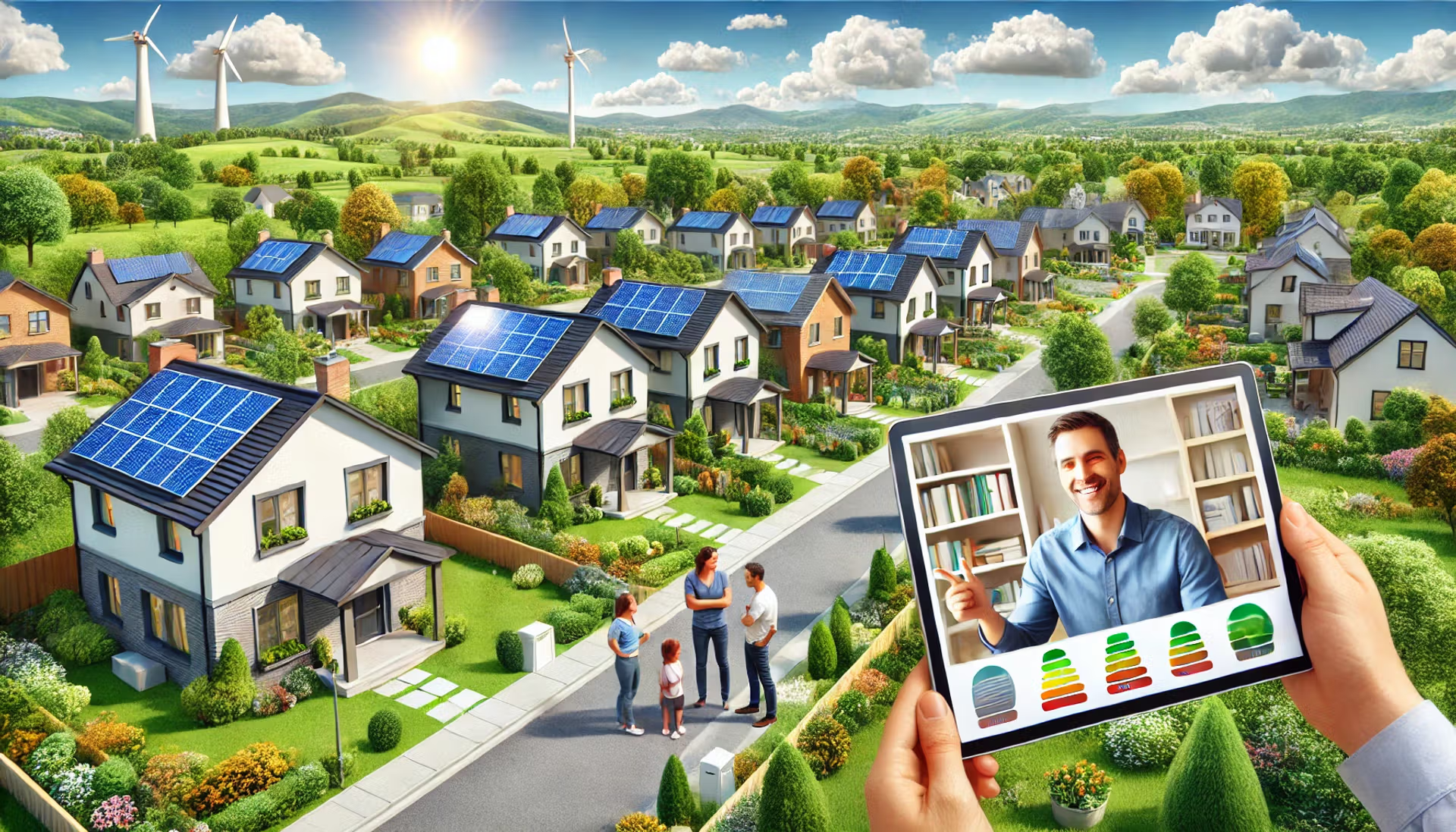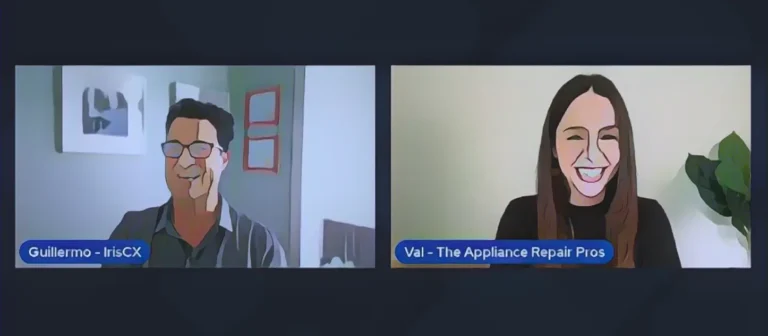Energy efficiency is often seen as a way to save money and protect the environment. It involves using less energy to perform the same tasks, such as heating a home or running appliances. This can reduce greenhouse gas emissions and lower utility bills by up to 25%, according to the U.S. Department of Energy (source). However, not everyone can easily access these benefits, making energy efficiency an issue of fairness and inclusion.
What Is Energy Efficiency?
Energy efficiency means using less energy to do the same things, which helps save money on utility bills and reduces pollution. For example, using energy-efficient appliances or improving home insulation can make a significant difference. The Environmental Protection Agency (EPA) states that improving energy efficiency could reduce greenhouse gas emissions by 30% by 2050 (source). However, obtaining these benefits isn’t always easy or affordable for everyone.
The Unequal Distribution of Benefits
Cost Barriers
One major issue is the cost. Energy-efficient appliances and home upgrades can be expensive. The American Council for an Energy-Efficient Economy (ACEEE) reports that these appliances can cost 30% more than regular ones (source). Additionally, a professional energy audit, which helps identify ways to save energy, can cost between $300 and $500 (source). Many low-income households struggle to pay their energy bills, making these costs unattainable.
Geographic Disparities
Where you live can also impact your access to energy-efficient options. Rural areas often lack the infrastructure and services available in urban areas. According to the National Renewable Energy Laboratory (NREL), only 20% of rural homes in the U.S. have access to energy efficiency programs (source). This lack of access means many people miss out on the benefits of energy savings.
The Digital Divide
Another barrier is the digital divide. Many programs and information about energy efficiency are available online. However, 20% of U.S. households don’t have reliable internet access, according to the Federal Communications Commission (FCC) (source). This makes it difficult for these families to learn about or apply for energy efficiency programs. Additionally, not everyone has the digital skills needed to navigate these online resources.
Policy and Representation Issues
Government policies play a crucial role in determining who benefits from energy efficiency initiatives. Unfortunately, only 15% of federal energy efficiency incentives are aimed at low-income households, according to the Center for American Progress (source). This lack of support means that many people who need help the most aren’t getting it. Additionally, the way utilities distribute costs often results in marginalized communities paying a disproportionate share. Furthermore, these communities are often excluded from decision-making processes, leading to policies that do not address their specific needs.
Cultural and Behavioral Barriers
Cultural and behavioral factors also impact the adoption of energy-efficient practices. A study from the Lawrence Berkeley National Laboratory found that cultural norms and language barriers can affect the use of energy-saving measures (source). Mistrust and misinformation further discourage participation, especially among communities that have felt neglected or misled in the past.
The Importance of Inclusive Energy Efficiency
Making energy efficiency inclusive is not just about fairness—it is about creating a sustainable future for everyone. When all communities have access to energy efficiency, it reduces the country’s overall carbon footprint and promotes economic stability. Everyone should have the opportunity to lower their energy bills and contribute to environmental protection.
Low-Cost Remote Energy Audits: A Part of the Solution
A promising solution to making energy efficiency more inclusive is the use of low-cost remote energy audits. These audits can be conducted online or via video calls, making them more accessible and affordable for low-income households. Unlike traditional audits, which can cost between $500 and $1,000, remote audits are significantly cheaper. Experts can provide energy-saving recommendations based on photos, videos, or detailed descriptions of a home’s energy setup.
Remote audits are particularly beneficial for those in rural areas or without easy access to energy audit services. They can identify simple, cost-effective improvements such as sealing drafts or installing energy-efficient lighting. By expanding access to these services, more people can benefit from energy savings and lower utility bills.
Steps Towards Inclusivity
To make energy efficiency more inclusive, several actions can be taken:
- Policy Recommendations: Develop policies that focus on assisting marginalized communities, including targeted subsidies and incentives.
- Community Engagement: Involve local communities in planning and implementing energy efficiency programs.
- Education and Outreach: Conduct educational campaigns and outreach efforts to inform all communities about energy-saving options.
Energy efficiency is crucial for a sustainable future, but it must be accessible to everyone. Currently, many barriers—including cost, location, digital access, and cultural differences—prevent fair access to energy efficiency benefits. As we work towards a greener future, we must address these issues and ensure that everyone can participate in and benefit from energy-saving measures.
By advocating for inclusive energy policies, supporting efforts such as low-cost remote energy audits, and closing the accessibility gap, we can ensure a fair and sustainable future for all.




